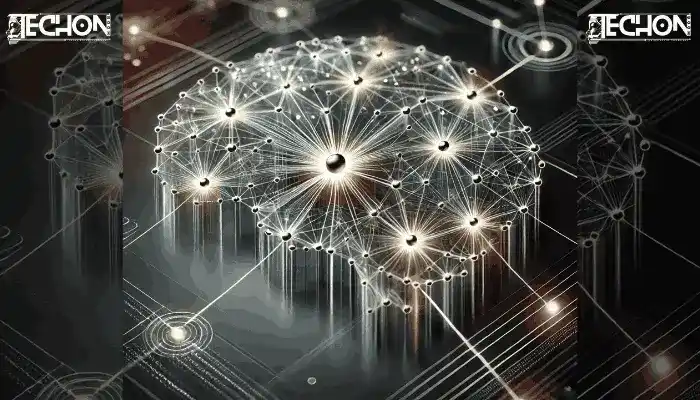Neural networks may sound like something from a science fiction novel, but they’re actually a type of computing inspired by how our brains work. Let’s break it down step-by-step.
What Is a Neural Network?
A Neural Networks is like a web of tiny decision-makers. These decision-makers, known as “neurons,” work together to solve problems such as recognizing faces in photos or predicting the weather.
How It Works:
- Each neuron receives input (such as the pixels of a picture).
- It processes the information (like asking, “Is this light or dark?”).
- The answer is passed along to other neurons.
- Together, they come up with a final decision (e.g., “This is a cat!”).
Key Parts of a Neural Network
Neural networks can be broken down into basic building blocks:
1. Input Layer
This is where the data enters. If you’re working with images, the input could be the pixels; for sound, it could be sound waves. Understanding Input Layers
2. Hidden Layers
These layers are where the processing happens. Each layer of neurons focuses on specific tasks:
- One layer might look for edges in a photo.
- Another might detect shapes.
- What Is a Hidden Layer in a Neural Network?
3. Output Layer
This layer provides the result:
- “This is a dog.”
- “The price will go up tomorrow.”
- Configuring a Neural Network Output Layer.
4. Weights and Biases
- Weights: Indicate the importance of each input.
- Biases: Help adjust decisions to improve accuracy. Weights and Bias in Neural Networks.

How Does a Neural Network Work?
1. The Data Journey
Imagine a river flowing through dams and streams. The river represents your data, and the network is made up of neurons.
- At each dam (neuron), the data is processed and passed along.
- By the end of the network, the data is sorted and organized.
2. Learning Through Examples
Neural networks learn by example. When you give it samples with the correct answers (training data), the network figures out how to make decisions. For instance, to teach a network to recognize apples, you show it thousands of apple and non-apple images.
3. Error Correction (Backpropagation)
When a neural network gets something wrong, it adjusts its weights and biases to improve. This process is called backpropagation, which allows the system to learn from mistakes and enhance performance.
An Everyday Example: Spam Detection
Imagine you want a neural network to decide if an email is spam:
- Input Layer: Words in the email, the sender’s address, or if there are any links.
- Hidden Layers: These layers look for patterns, such as common spammy words or suspicious links.
- Output Layer: The result:
- “Spam!”
- “Not spam.”
Why Are Neural Networks Important?
Neural networks are crucial because they can:
- Learn complex patterns (e.g., recognizing faces or translating languages).
- Adapt to new data (e.g., improving recommendations over time).
- Handle large amounts of data (e.g., analyzing thousands of images in seconds).

A Simple Visualization of Neural Networks
Think of neural networks like a recipe:
- Ingredients (Input Layer): Raw materials like flour, eggs, and sugar (your data).
- Mixing and Baking (Hidden Layers): The process of combining ingredients and transforming them.
- Finished Cake (Output Layer): The result — delicious and ready to eat (your answer).
Every step in the process contributes to the final result. If one step goes wrong, the whole recipe might fail, which is why neural networks need to be trained and fine-tuned.
Conclusion: The Magic of Neural Networks
Neural networks may seem complex, but they are just systems that learn from examples. They take inputs, process them in layers, and give outputs. Think of them as teams of tiny problem-solvers working together to make sense of the world.
By breaking down complex tasks into smaller steps, neural networks help power everything from voice assistants to medical diagnosis tools. Now that you understand the basics, you’re one step closer to appreciating the magic behind modern technology.
Related Posts:-
Guide to learn about Top AI Programming Languages


Thanks for sharing. I read many of your blog posts, cool, your blog is very good.
Glad! that you liked the post